Have you ever noticed a musty smell coming from your air vents? Or did you feel like your allergies get worse indoors? These could be signs that bacteria, mold, or poor air quality is affecting your HVAC system. That’s why many homeowners are installing UV lights for HVAC.
But do UV lights really work? Are they worth the cost? Before investing, it’s important to understand the pros and cons of UV light in HVAC and how they impact your system.
HVAC UV light systems use germicidal UV-C light to kill bacteria, mold, and viruses inside your A/C system. These lights are installed in air ducts or near the evaporator coil to stop microbial buildup, helping your home feel cleaner, healthier, and free from musty odors. What You’ll Learn in This Guide:
- How UV lights work in HVAC systems and whether they improve air quality.
- Types of UV lights for HVAC—including coil sterilization, air sterilization, and portable UV purifiers.
- The real benefits and drawbacks of installing a UV light in your system.
- Installation and maintenance tips to make sure it works properly and lasts longer.
By the end of this guide, you’ll know exactly whether a UV light for HVAC is the right choice for your home.
What Is an HVAC UV Light?
A UV light for HVAC is a special type of germicidal light designed to kill bacteria, mold, and viruses inside your air conditioning system.
These lights are placed inside air ducts or near the evaporator coil to prevent microbial buildup. This helps keep the air in your home cleaner and healthier.
For years, hospitals and commercial buildings have used UV-C technology to sanitize air and surfaces. Now, homeowners are using the same technology to improve air quality in their homes.
How Do UV HVAC Lights Work?
The UV-C light inside the HVAC system targets airborne bacteria, viruses, and mold spores, neutralizing them before they can spread through your home. Here’s how it works:
- Stops Germs in Their Tracks: UV light destroys dangerous microbes as air passes through the ducts. As a result, the air is cleaner before it reaches your home.
- Prevents Mold Growth: The evaporator coils inside HVAC systems create moisture which makes them a perfect place for mold. UV lights prevent mold spores from growing, keeping the coils clean.
- Improves HVAC Efficiency: A cleaner HVAC system means better airflow and less strain on the system. This can lead to lower energy bills and fewer repairs.
Types of UV Lights for HVAC Systems
Ever wondered why some homes have fresher, cleaner air while others struggle with mold and allergies? The secret often lies in the type of HVAC UV light system they use. But which one is right for you? Let’s break it down.
A. Coil Sterilization UV Lights
How It Works:
- Installed near evaporator coils.
- Runs 24/7 to prevent mold, bacteria, and biofilm buildup.
Benefits
- Best for preventing mold & bacteria buildup.
- Improves HVAC efficiency (clean coils = better airflow).
- Reduces bad odors from mold inside the system.
Drawbacks
- Doesn’t clean airborne bacteria (only works on coils).
- Higher electricity usage since it runs continuously.
B. Air Sterilization UV Lights
How It Works:
- Installed inside the air ducts.
- Cleans air before it enters your home.
Benefits
- Best for reducing airborne bacteria & viruses.
- Great for allergy sufferers (neutralizes allergens).
- Improves whole-home indoor air quality.
Drawbacks
- Doesn’t remove dust, pet dander, or odors.
- Requires ductwork access for installation.
C. Portable and Standalone UV Purifiers
How It Works:
- Uses UV-C light, HEPA filters, or activated carbon.
- Placed in individual rooms where extra purification is needed.
Benefits
- Best for targeting specific rooms like bedrooms or offices.
- No HVAC installation is needed. Just plug and use.
- Helps with odors, smoke, and bacteria removal.
Drawbacks
- Limited coverage (doesn’t clean whole-home air).
- Needs frequent filter replacement.
Pros and Cons of UV Light in HVAC
Thinking about adding a UV light to your HVAC system? It’s a great way to improve air quality and keep your system running efficiently, but it also comes with costs and maintenance. To help you decide, here’s a simple breakdown of the pros and cons of HVAC UV lights.
Pros: Why Homeowners Love UV Lights in HVAC
1. Improves Indoor Air Quality
- Removes bacteria, mold spores, and viruses before they enter your home.
- Helps reduce allergy symptoms by killing airborne contaminants.
2. Keeps Your HVAC System Running Smoothly
- Prevents dust and mold buildup on coils which is why it improves HVAC performance.
- Improves airflow and lowers energy costs.
3. Reduces Bad Odors
- Helps eliminate musty smells caused by mold inside the HVAC system.
- Keeps the air smelling fresh and clean.
4. Lowers Maintenance Costs
- Fewer breakdowns and repairs due to a cleaner system.
- Less frequent coil cleaning is needed.
Cons: The Downsides You Should Know Before Buying
1. Initial Cost Can Be High
- Prices range from $200 to $1,500, depending on the best UV light system for HVAC.
- Professional installation may add extra cost.
2. Requires Regular Maintenance
- UV bulbs need replacing every 12-24 months.
- Dust buildup can reduce effectiveness, so occasional cleaning is needed.
3. Limited Effectiveness
- Does not remove dust, pet dander, or chemical pollutants.
- Works best when combined with HEPA air filters.
4. Safety Considerations
- Direct exposure to UV-C light is harmful to the skin and eyes.
- Needs proper installation to avoid accidental exposure.
How to Install and Maintain a UV Light in HVAC
Installing and maintaining a UV light in your HVAC system ensures better air quality, efficiency, and longevity. Below, we break down the installation process and essential maintenance tips to help you keep your system running smoothly.
Installing a UV Light: DIY vs. Professional
Your understanding of the HVAC system and comfort level with installation will determine whether you choose a professional installation or a do-it-yourself light kit. Learn the benefits of each approach to make the best decision.
1. DIY Kits
Many UV light kits are designed for easy setup. They often include clear instructions and basic mounting parts. These kits are a good option for homeowners who are comfortable with simple electrical work and handling HVAC systems. However, if the light is placed incorrectly or not wired properly, it may not work well or could cause safety issues.
2. Professional Installation
Hiring a professional ensures that the UV light is installed in the best spot for cleaning the air, safely connected to the HVAC system, and follows safety guidelines. A trained technician can also check your system and suggest the right type of UV light for better air quality. If you need expert help, visit Big Apple Air HVAC for professional services.
Maintenance Tips for UV Lights
- Replace UV bulbs every 12-24 months to maintain effectiveness. You can find high-quality UV light replacement services from Big Apple Air HVAC.
- Keep the light housing clean to prevent dust buildup and improve efficiency.
- Check for proper function during routine HVAC maintenance.
Conclusion
Ever noticed a musty smell in your home? Or did you feel like your allergies act up indoors? If so, a UV light for HVAC might be the solution you need. These lights can improve indoor air quality by reducing bacteria and mold.
A UV light in A/C can reduce airborne contaminants, lower HVAC maintenance needs, and improve energy efficiency. However, an HVAC UV light system works best when paired with a high-quality air filter and regular maintenance. If you’re looking for an extra layer of protection against bacteria, mold, and allergens, a UV light for HVAC can be a great addition to your system.
After reading the whole article are you still unsure if a UV light is right for your HVAC system? The best choice depends on your air quality concerns, budget, and HVAC setup.
So take control of your indoor air quality and breathe cleaner, fresher air starting today. Therefore, visit Big Apple Air HVAC for expert advice and hassle-free UV light installation.
Frequently Asked Questions
Do UV lights work in HVAC systems?
Yes! UV lights for HVAC help eliminate bacteria, mold, and viruses that travel through your A/C system. They use germicidal UV-C light to break down these harmful microorganisms before they spread.
However, UV lights don’t remove dust, pet dander, or chemical particles, so they work best alongside a high-quality air filter.
Are HVAC UV lights safe for homes?
Yes. HVAC UV lights are completely safe but they should be installed correctly. They are placed inside air ducts or near the evaporator coil. It keeps the light contained so it won’t affect people or pets.
The only risk is direct exposure to UV-C light, which can be harmful to skin and eyes. That’s why professional installation is recommended.
How long do HVAC UV lights last?
Most HVAC UV bulbs last between 12 to 24 months though depending on how often they are used. Over time, the UV-C light weakens.
To keep your system working well, replace the UV bulb once a year. Cleaning off any dust from the light housing also helps keep it running at peak performance for better air quality.
Is it worth installing a UV light in my HVAC system?
It depends on your home’s air quality needs. If you deal with allergies, mold issues, or musty odors, a UV light in A/C can help by killing airborne bacteria and mold before they spread.
However, UV lights don’t replace air filters. If dust or pet dander is your main concern, a HEPA filter or air purifier may be a better choice.
How do I install and maintain a UV light in my HVAC system?
Installation:
DIY Kits – Some UV light systems come with step-by-step guides for easy setup.
Professional Installation – Ensures proper placement and maximum effectiveness.
Maintenance:
- Replace UV bulbs every 12-24 months to keep them effective.
- Wipe the light housing clean to prevent dust buildup.
- Check your system during regular HVAC maintenance to make sure it’s working properly.
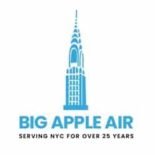
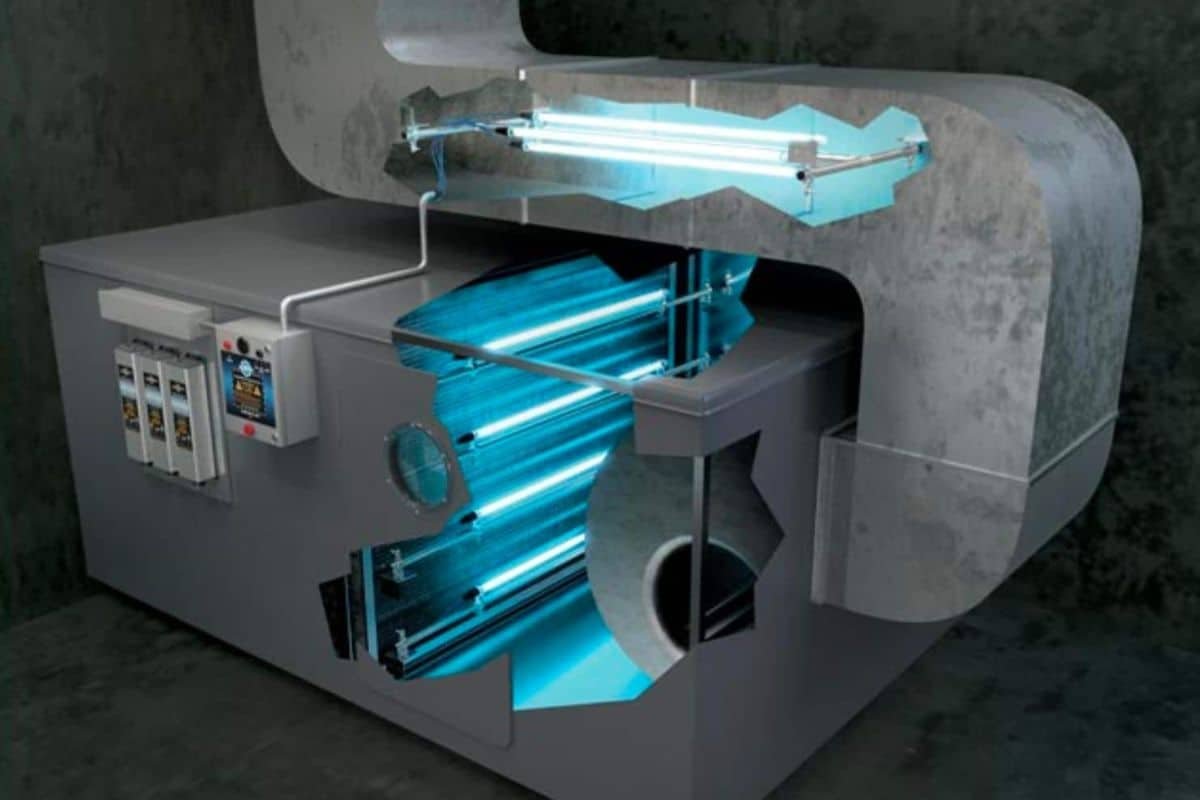
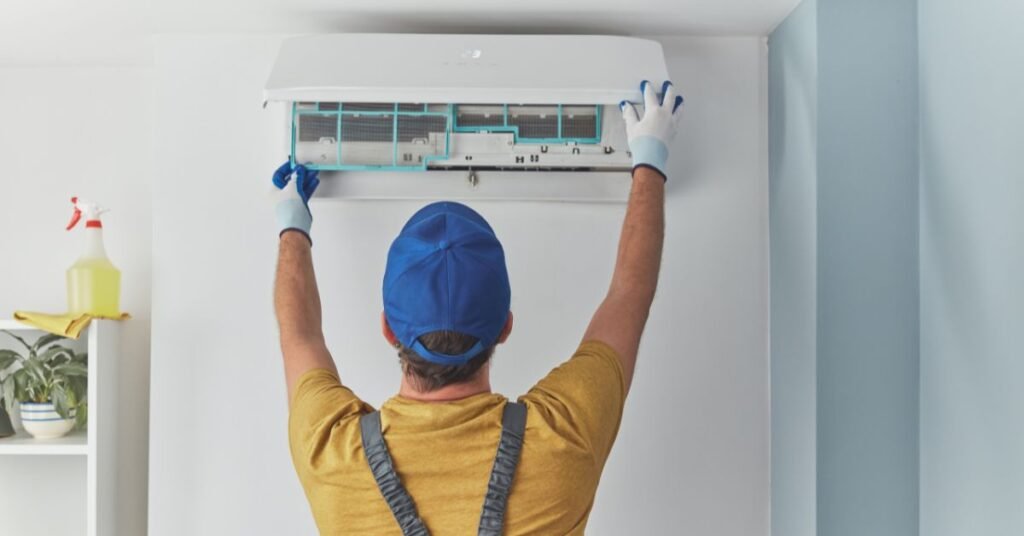
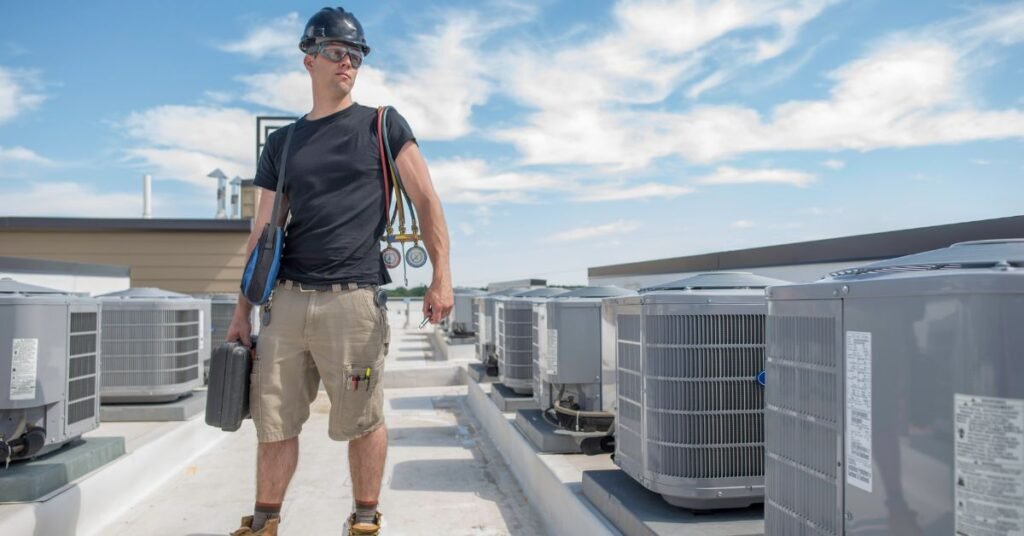
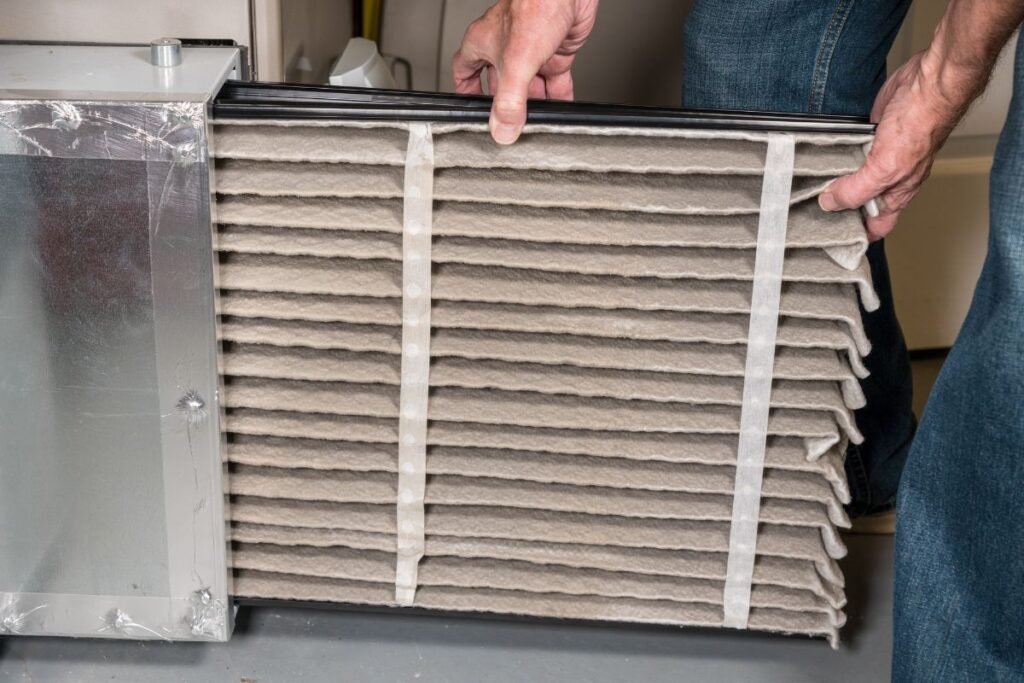
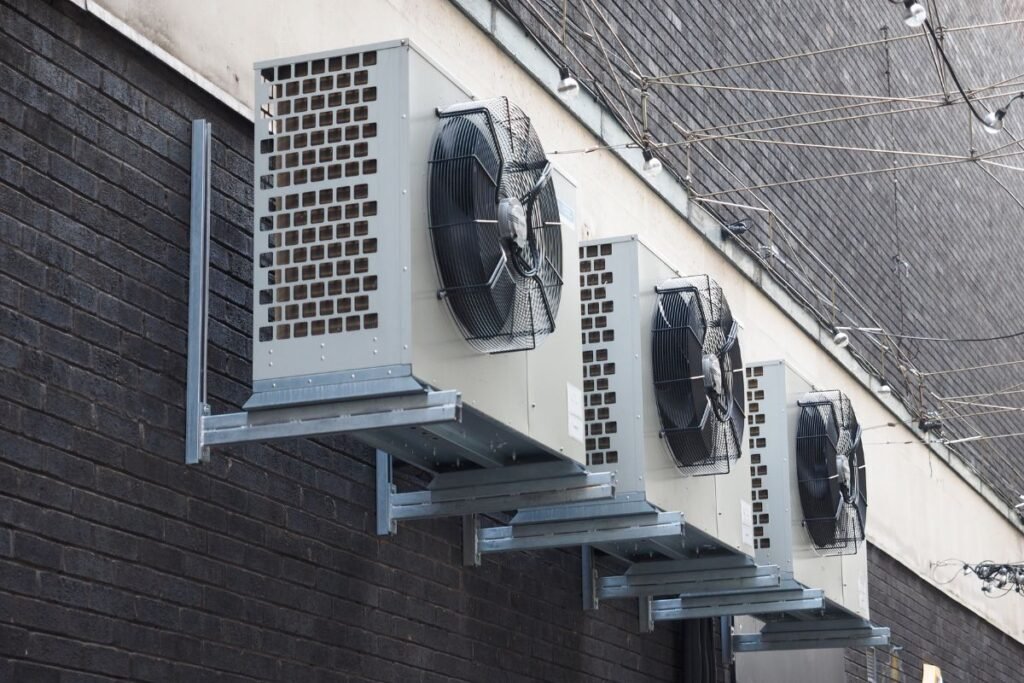
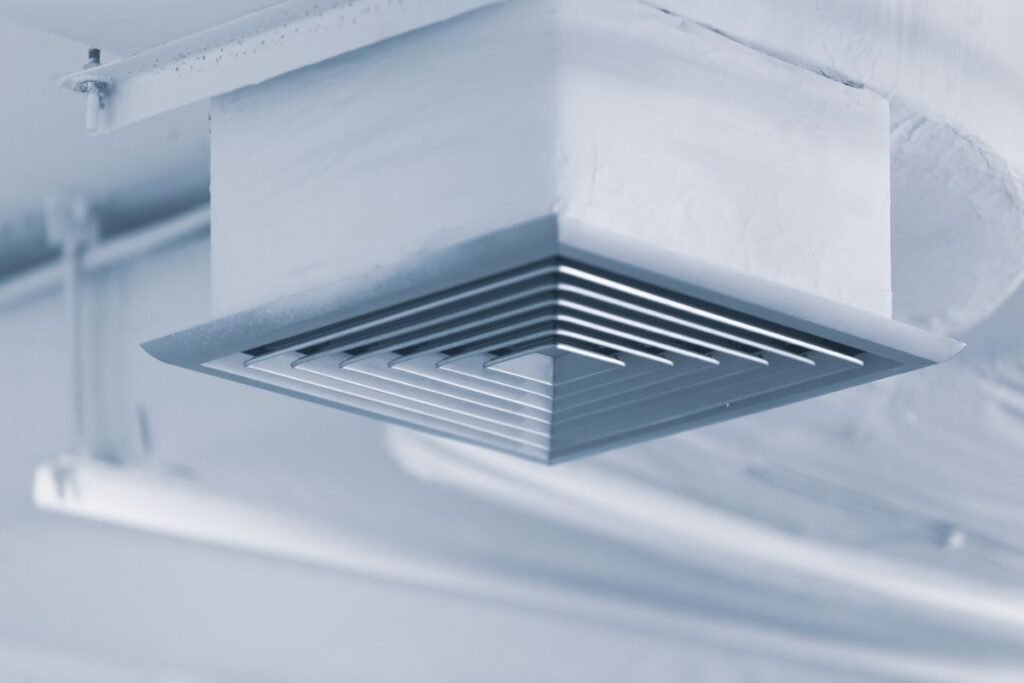
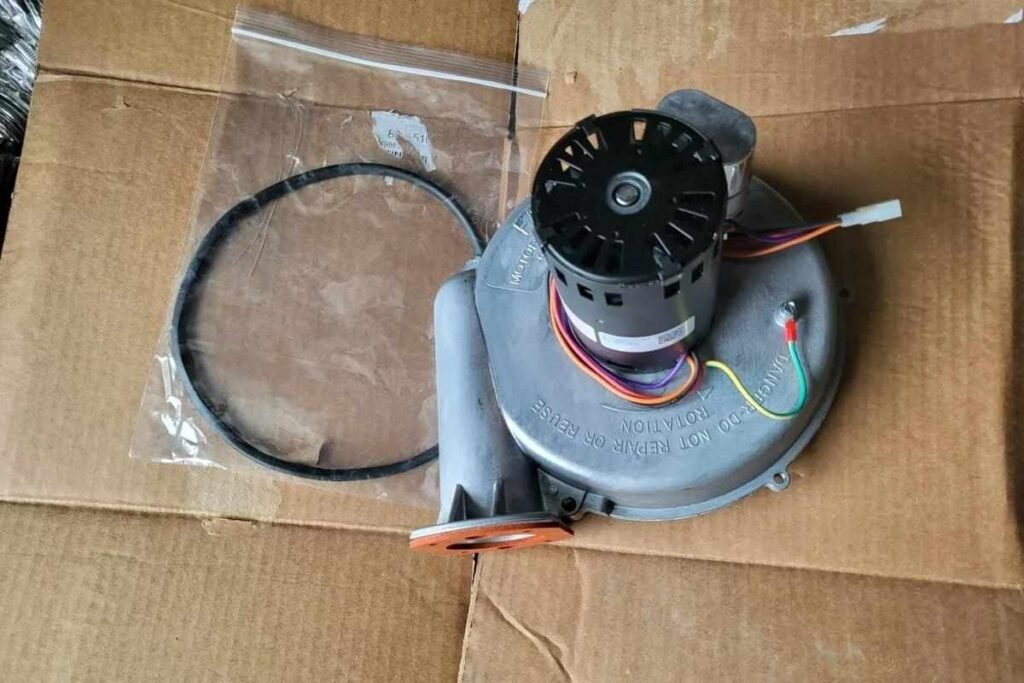
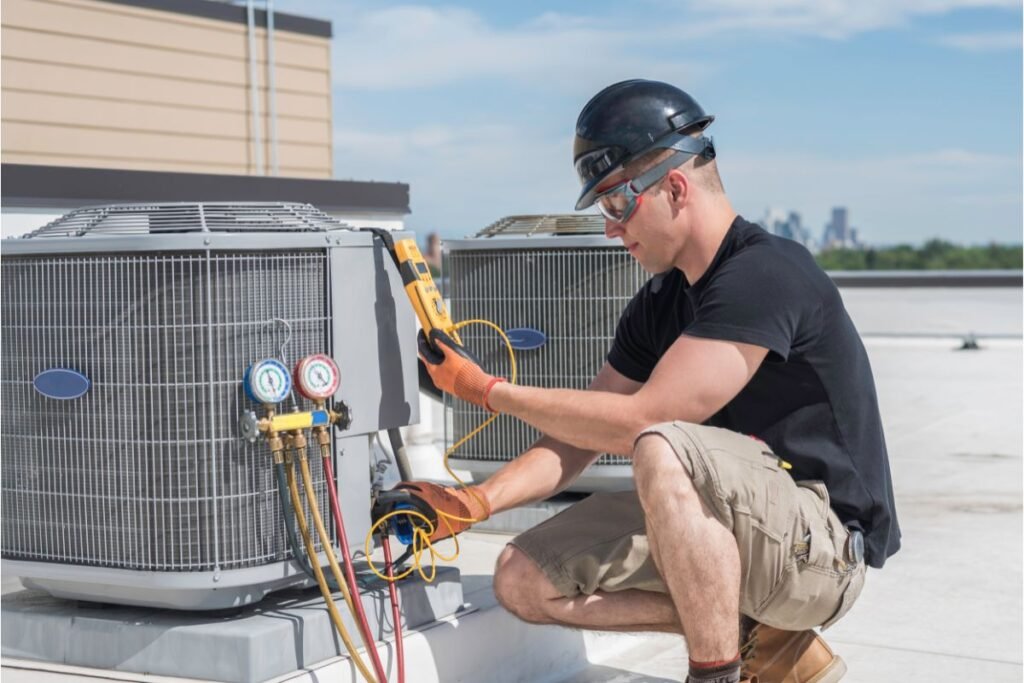
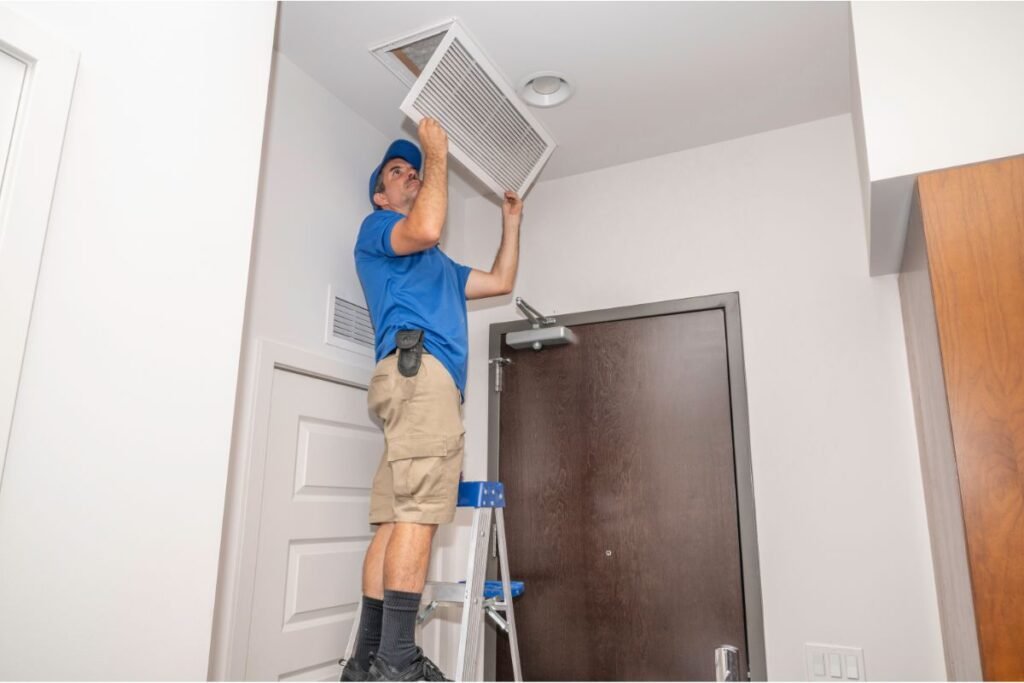

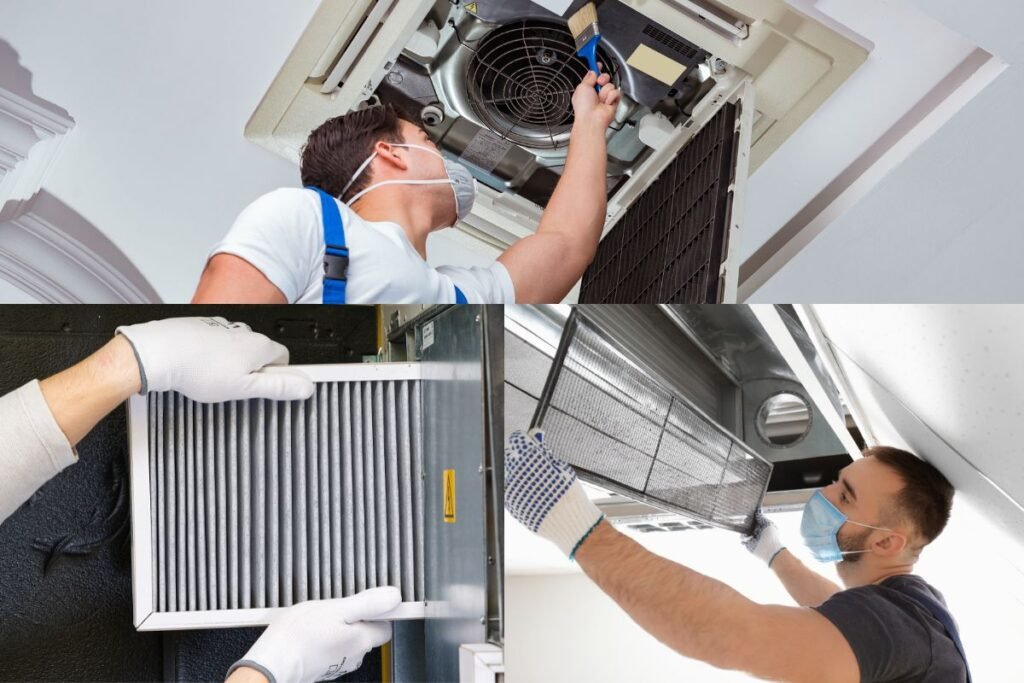

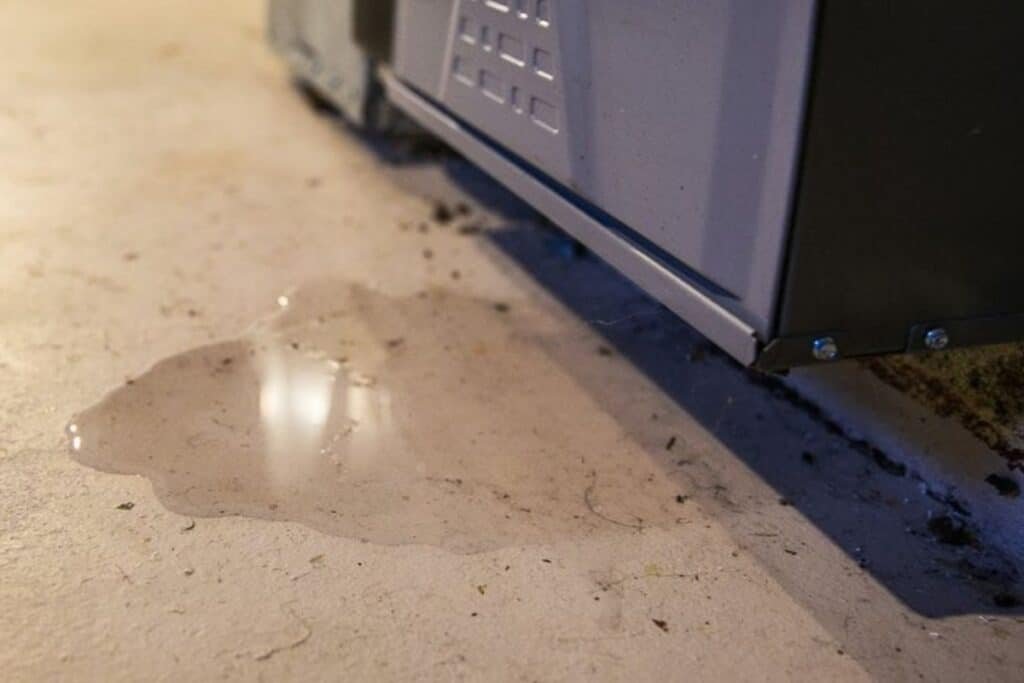
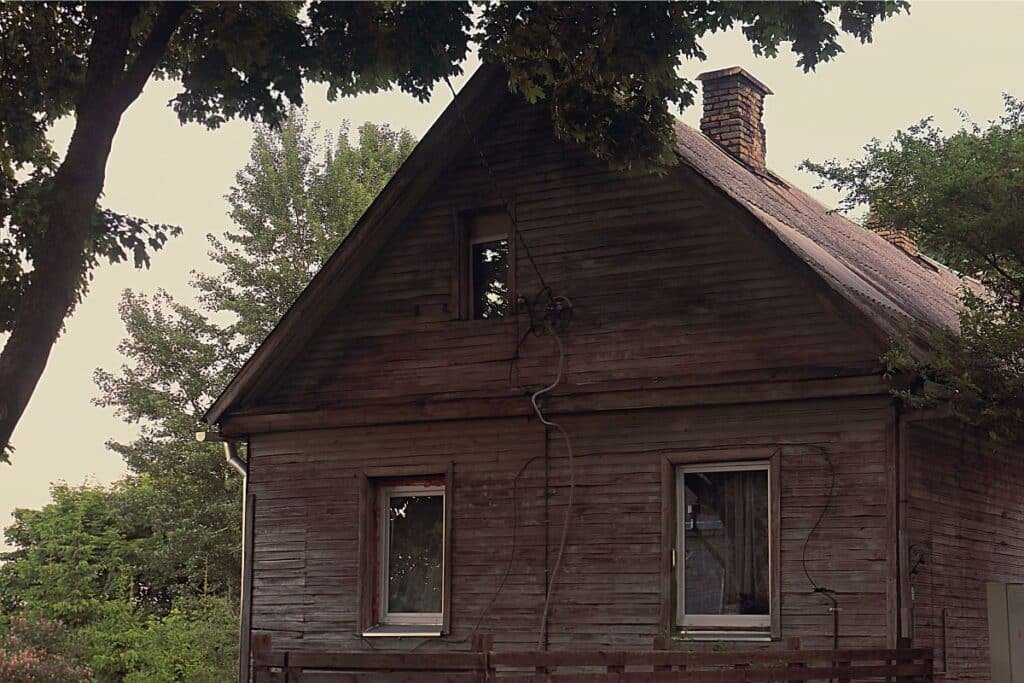
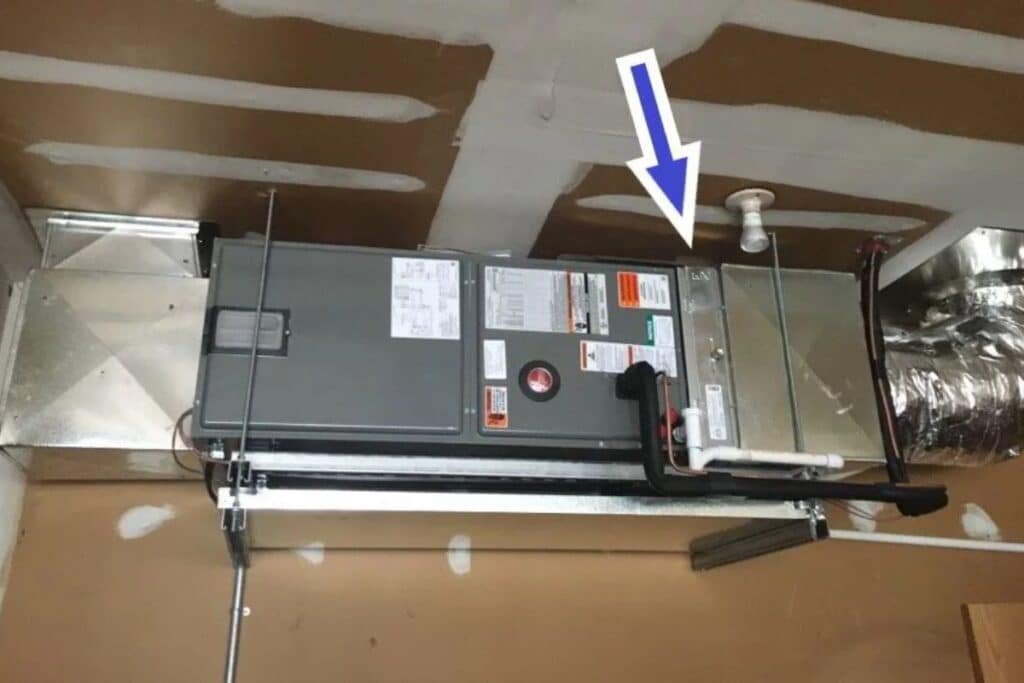
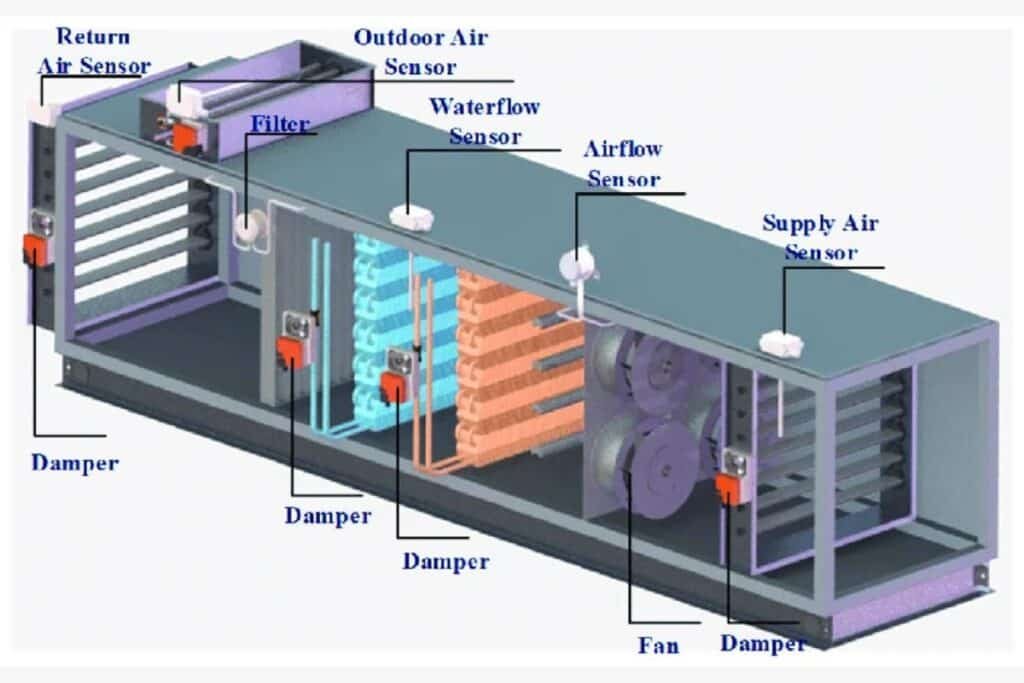
fjfkk